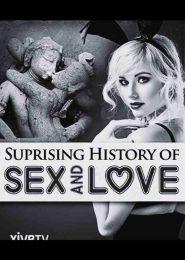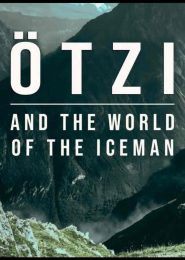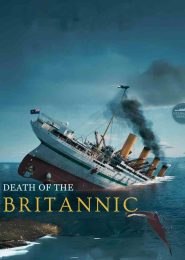British Empire in Colour (2002)
The British Empire in Colour is a compelling three-part documentary series that aired in 2002, offering a vivid portrayal of the British Empire’s history through the unique lens of color footage. This series stands out for its use of original color archive film, much of which was previously unseen by the public, providing a fresh perspective on the events that shaped the modern world.
Narrated by Art Malik, the documentary delves into the complexities and contradictions of the British Empire, exploring the experiences of both the colonizers and the colonized. It spans across various continents and pivotal moments in history, including the partitioning of India, the creation of Israel, the Suez Crisis, the rise of black nationalism in Africa, and the handover of Hong Kong in 1997. These milestones are presented from multiple viewpoints, revealing Britain’s role in spreading education, law, and democracy, as well as its involvement in racism and cultural bigotry.
The series is not just a mere historical recount; it is an intimate journey through personal letters and diary extracts that help capture the human element behind the grand narrative of empire. It provides a platform for voices from different strata of society, from tribal people to English Lords and Ladies, and the working class at home, offering a multifaceted understanding of the era.
The first episode’s graphic description of the massacres following the division of India and Pakistan is particularly disturbing, showcasing the chaos that ensued after the world wars. The documentary does not shy away from depicting the harsh realities of the empire, including the bodies of victims and scenes of fighting, making it unsuitable for younger audiences.
The British Empire in Colour is a significant work that contributes to our understanding of the British Empire’s legacy. It is an important historical document that helps us comprehend the complexities of the past and its impact on the present and future. The series has been recognized for the extensive work put into sourcing its material, and it serves as a crucial reminder of the different times and ways of life that have led to the world as we know it today.




